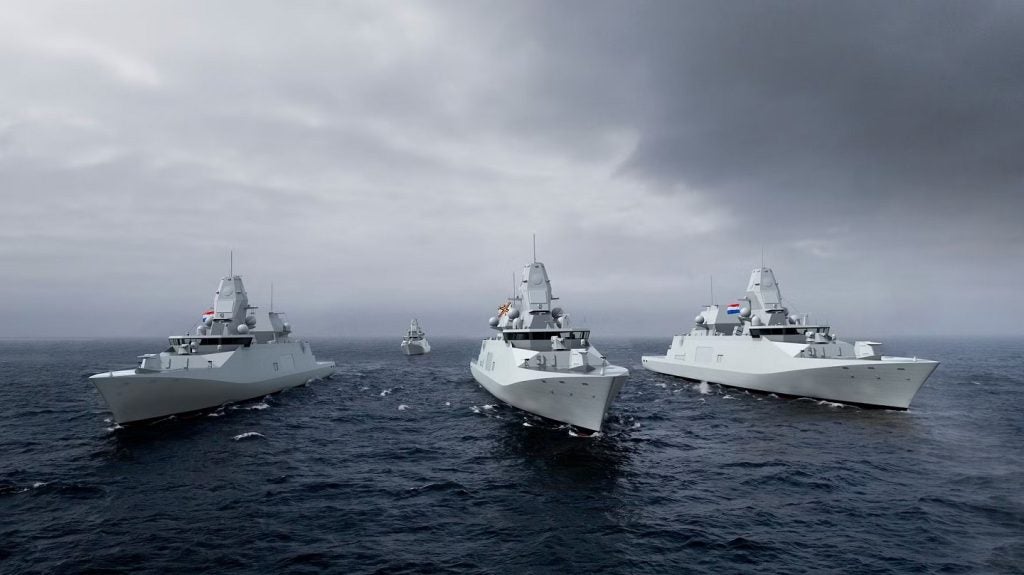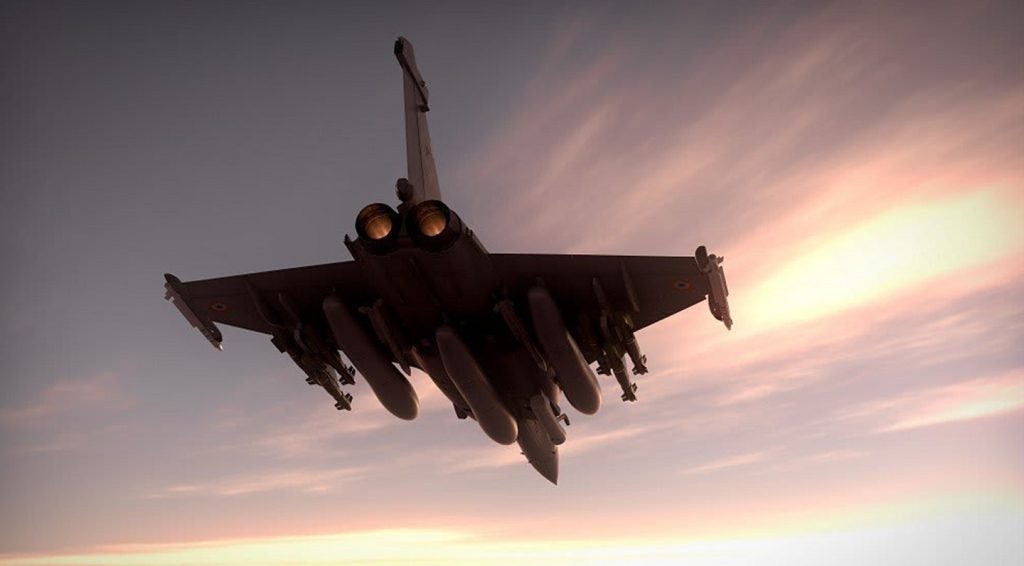For decades, assessments of China’s ability to stalemate or even defeat the United States in any conflict that involves getting wet, from invading Taiwan to interdicting maritime commerce off Indochina, have revolved around one question: Can the Chinese military sink US aircraft carriers? In recent years, the actual ability of China to do so has been a bit like nuclear fusion – always around the corner, but never quite in visual range.
IS IT NOW?
For a host of reasons, such as US naval air superiority and Chinese technological limitations, the Chinese Navy has historically emphasised the submarine as their primary seagoing offensive weapon. This commitment was confirmed, if not reinforced, as recently as September 2004, when Admiral Zhang Dingfa, a career submariner, was promoted to chief of staff of the Chinese Navy and, more significantly, was given a full seat on China’s Central Military Commission.
In the 1970s and 1980s, however, Chinese subs were essentially like Chinese electronics: rudimentary, kind of tinny, and thus easy to hear, even when you’d rather not. The analogy between China’s subs and commercial technology is actually still appropriate – but judging by the massive Chinese trade surplus that is helping to fund its $10bn submarine expansion programme, the implications are much more disturbing.
How well do you really know your competitors?
Access the most comprehensive Company Profiles on the market, powered by GlobalData. Save hours of research. Gain competitive edge.

Thank you!
Your download email will arrive shortly
Not ready to buy yet? Download a free sample
We are confident about the unique quality of our Company Profiles. However, we want you to make the most beneficial decision for your business, so we offer a free sample that you can download by submitting the below form
By GlobalDataConsider the following timeline:
See Also:
In May 2001, a PLA Navy Ming Class attack submarine conducted secret underwater operations for more than a month without being detected by US forces. The diesel-electric sub left the port of Qingdao on the Yellow Sea, and was next spotted by satellite when it returned 31 days later.
Even though this marked the first officially acknowledged instance of successful evasion by a Chinese sub, the US navy did not become overly agitated at that time, noting reasonably that the sub could have just skulked along the Chinese coast. The informal consensus was that a serious Chinese sub threat was ten years away.
On October 26, 2006, a Song Class diesel attack submarine approached the USS Kitty Hawk undetected, surfacing five miles from the aircraft carrier off Okinawa, Japan. According to anonymous Pentagon sources, the Chinese submarine was conducting exactly the type of surveillance manoeuvres that would precede an attack on US aircraft carriers, whether by the sub itself or other assets.
Considering that carrier task forces comprise several warships (including submarines) for which preventing such incursions is a high priority, the US Navy was right to be perturbed.
CHINESE TECHNOLOGY EVOLUTION
This improvement in Chinese undersea stealthiness strikes directly at the heart of aircraft carrier defensibility. China has envisioned long-range missile strikes against carriers for years, but even their new precision-guided missiles are of limited use if the missiles don’t know where to go – in real time. Evidently, real-time terminal-phase targeting may no longer be an insurmountable problem.
Moreover, Chinese submarines can only get better, in part because the US-enforced paradigm of free global trade makes technology adoption (or theft) easy. The Chinese Navy is testing a new diesel-electric called (by Western intelligence services) the ‘Yuan’. This class apparently makes use of the latest Russian submarine technology, the one area of naval technology in which the Russians are arguably second to none.
Key features include anechoic tile coatings, a super-quiet seven-blade screw, and extended battery-powered propulsion and oxygen recycling, which together could make the Yuan Class virtually inaudible to existing US detection systems – even those on US attack subs themselves.
CAUSE FOR CONCERN?
For the sake of argument, though, let’s set this aside, along with supercavitating Russian Squall torpedoes capable of 200kt speeds, and the fact that for the first time in decades, the US Navy does not have a new submarine design in development. If you’re a carrier captain, are there still reasons to worry?
Unfortunately, there are three more – and most disturbing of all, they do not involve naval technology. According to a US naval intelligence report made public earlier this year, China is equipping theatre ballistic missiles with manoeuvring re-entry vehicles that would use radar and infrared seekers to find surface combatants.
On 11 January 2007, China successfully tested an anti-satellite weapon, the first such test by any nation in two decades. Not detecting subs is bad enough, but what happens if you lose the satellites that metaphorically yell ‘incoming’ when the aforesaid missiles go up?
Finally, on 11 April China launched its second experimental HaiYang satellite, the first indigenous Chinese satellite devoted to maritime surveillance. The remaining satellites in the series will be fully operational, until they yield to the follow-on HY2 model, which is now in development.
Of course, as the initial effort of its kind, the HaiYang is rudimentary and limited. Much like Chinese submarines were 20 years ago.







